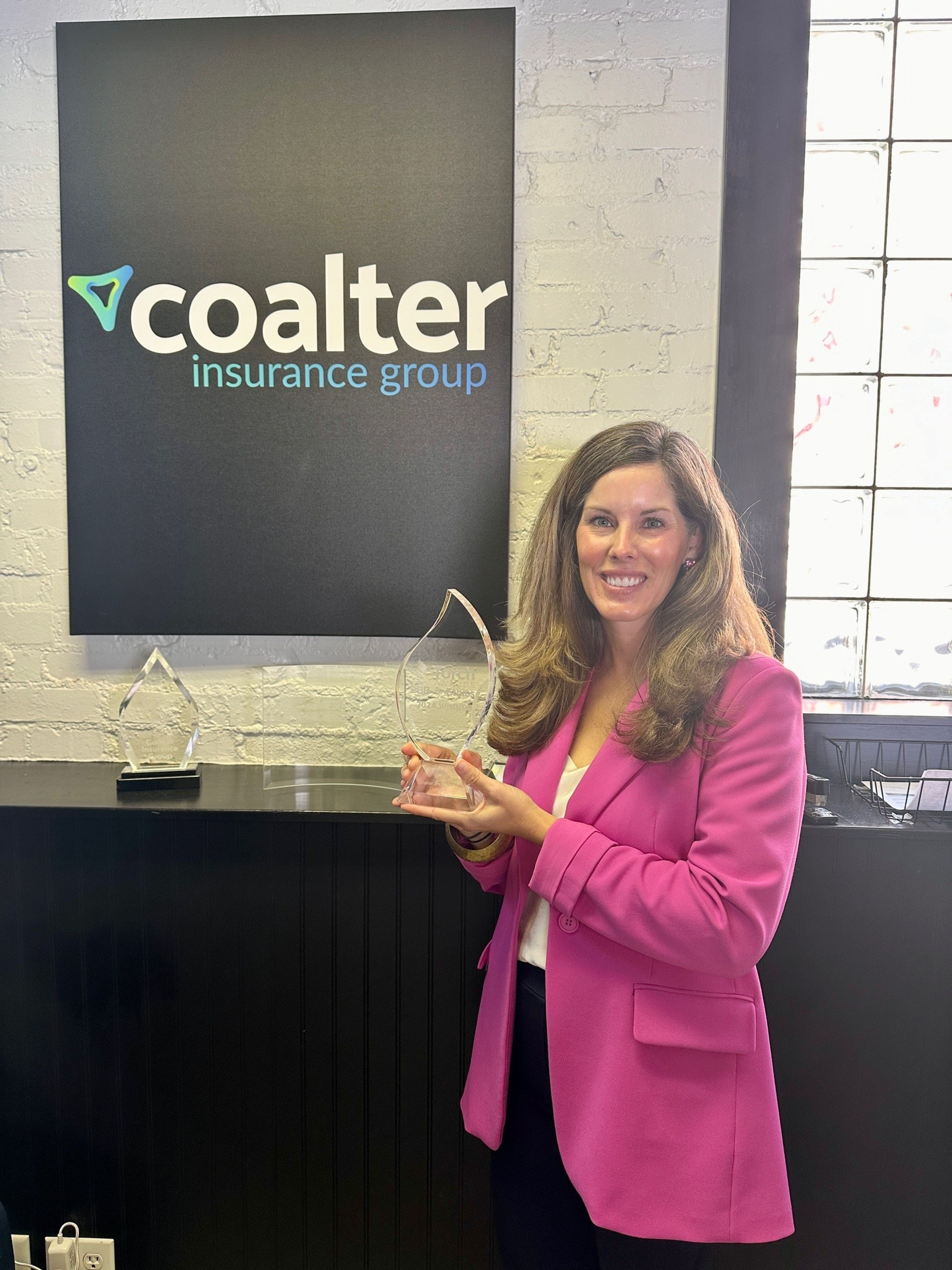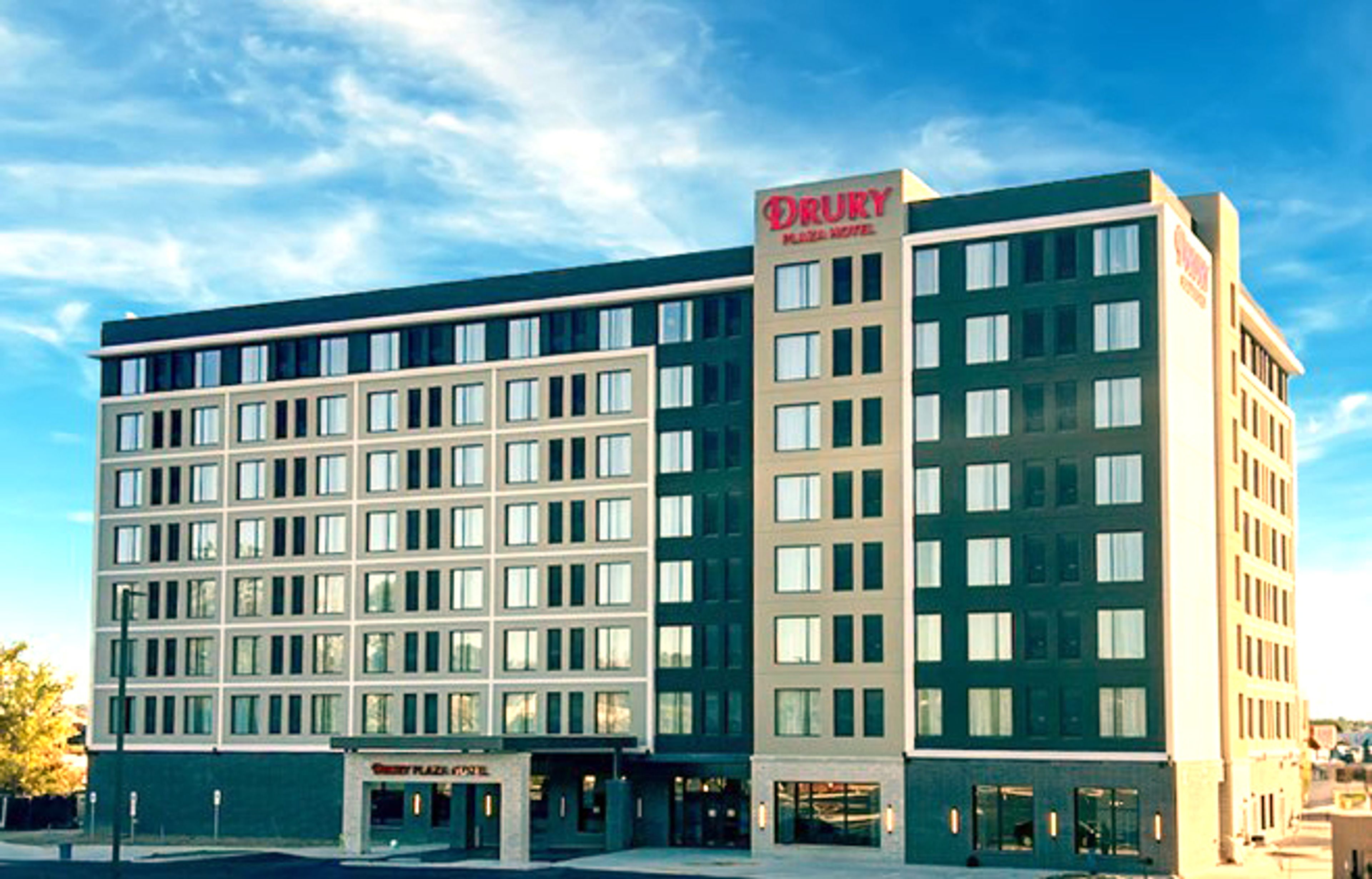Talking Shop with Dr. Steven Hoffman, coordinator of the Historic Preservation Program at Southeast Missouri State University
Dr. Steven Hoffman, coordinator of the Historic Preservation Program at Southeast Missouri State University, has played an important role in the revitalization of downtown Cape Girardeau. He said restoring historic buildings not only improves aesthetics and quality of life but also creates to jobs and new opportunities for commerce...
Dr. Steven Hoffman, coordinator of the Historic Preservation Program at Southeast Missouri State University, has played an important role in the revitalization of downtown Cape Girardeau. He said restoring historic buildings not only improves aesthetics and quality of life but also creates to jobs and new opportunities for commerce.
Question: How did you become interested in historic preservation?
Answer: As a student at Georgia State University in Atlanta, I became interested in understanding how cities came to look the way they did. I really developed an appreciation for the late 19th- and early 20th-century urban streetscape because it was oriented toward people rather than toward automobiles ... built on a human scale. Atlanta was at the time very much post-World War II city with lots of new buildings that seemed to be designed without regard for the inhabitants of the city and its sidewalks. It became important to me to work to preserve those elements built for a relationship to people as pedestrians as opposed to drivers. To both celebrate the city and its growth while at the same time preserving the best aspects of its earlier development.
Q: Do you have a favorite historic place in Cape Girardeau?
A: My favorite historic place in Cape Girardeau would have to be the downtown district, especially the Broadway corridor and the riverfront area. The energy and excitement of the last 150-plus years is embodied in those buildings. Individually and collectively they tell the story of the community's past and, in some ways even more exciting for me, they set the stage for continuing to tell our stories into the future.
Q: You grew up in New Jersey and studied at universities in both Georgia and Pennsylvania. What brought you to Cape Girardeau?
A: To be honest, I came because the university offered me a job, and academic jobs in history are relatively difficult to come by. But I've stayed because, as it turns out, I truly love my job. Teaching in an undergraduate historic preservation program has allowed me to work with some of the finest, most talented people I have ever met. Students come from all over the country to take courses in this program. Being able to work with young people to help make a difference in their lives and their futures is extraordinarily rewarding. I've found Cape Girardeau to be a community that is very friendly and welcoming. My involvement with the downtown revitalization effort has given me an opportunity to help make a difference.
Q: Tell me about some of the local historic buildings you have worked with in the past.
A: A lot of my work is collaborative in nature. I enjoy working with students and graduates of the program and believe it is important to not just tell students that public history is collaborative but to actually demonstrate it by collaborating with them. Some of the collaborative projects I'm most proud of include the National Register of Historic Places nominations for the Huhn-Harrison House, the Harrison House, the Southeast Missourian building and the Lilly House, as well asks the Broadway-Middle Streets and Main-Spanish Streets historic districts. All of these projects are the result of my working with students and/or alumni of the program.
Q: What's projects are you currently working on?
A: My latest project is the National Register of Historic Places nomination for the Court of Common Pleas in downtown Cape Girardeau. This is a building that has both a great history as well as great architectural significance. It began as a student project, which I've revised and expanded. The nomination was approved by the Missouri Advisory Council on Aug. 13 and is now at the national level awaiting approval by the Keeper of the National Register. I'm also working on a project researching the efforts of the downtown merchants and property owners to remain vital in the face of the dramatic changes in the retail economy after World War II, which I think is an important story that in some ways is still being told.
Q: You helped form Old Town Cape 11 years ago as a not-for-profit organization dedicated to downtown revitalization. Tell me about your work with this group.
A: I've been involved since the beginning. The university helped bring people together to see if we wanted to pursue a Main Street program. We wanted to expand the concept of what downtown was. Sometimes there's a perception of a division between the west end and the downtown. The mission of Old Town Cape was to refocus people on the mission that downtown is everybody's neighborhood. Everyone had a stake in it. The university's interest in starting a program was to help tie together the River Campus and its main campus. Currently I am a board member and adviser to the executive committee. I've served as president twice and also as treasurer.
Q: Tell me about your role with the state and national Main Street organizations.
A: I am president of the board of directors of the Missouri Main Street Connection, a not-for-profit organization. This has allowed me to help make a difference not only in Cape Girardeau, but in communities across the state. Nationally, I was certified in the Main Street principals of downtown revitalization by the National Trust for Historic Preservation in 2009. I'm currently working on an article for their newsletter on an international perspective on downtown revitalization.
Q: Missouri's Historic Preservation Tax Credit program has been criticized as a program the state can't afford in this economy. What benefits have you seen as a result of these tax credits?
A: They just make good economic sense. It's not like the government is giving money to people to try to influence their behavior. The tax credit isn't given until the project is completed. There's an accountability there that makes sense. In terms of why the state should be putting money into rehabbing private buildings, there is the economic benefit of the jobs created from the rehab itself. Private sector reinvestment is more than the tax credit. One of the things that makes rehabbing historic buildings more expensive is that it is more labor intensive. Putting more money into labor, particularly in a down economy is a good thing. The taxes generated from people who are working and taking their wages to buy goods produce a ripple effect. Studies show the state recoups more in taxes from revenue gained than they spend on the tax credits. Layered on top of that are the intangible benefits, like a greater quality of life. The Marquette Hotel, the Southeast Missourian, Schultz School and Breakaways Bar and Billiards have all used these tax credits. They close the gap between the extra cost of putting a historic building back into service and the return on investment.
Q: If you could trade places with anyone in history, who would it be?
A: I tend not to romanticize the past. I love antibiotics, flush toilets, TiVo and my iPhone and wouldn't give them up for anything. Although the past is a lovely place to visit, I wouldn't want to live there.
Connect with the Southeast Missourian Newsroom:
For corrections to this story or other insights for the editor, click here. To submit a letter to the editor, click here. To learn about the Southeast Missourian’s AI Policy, click here.







